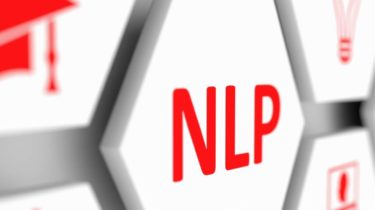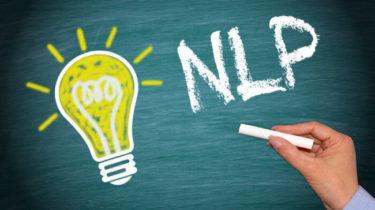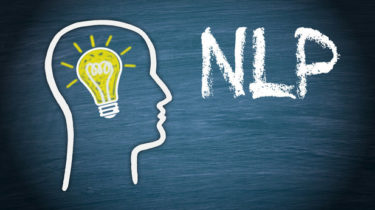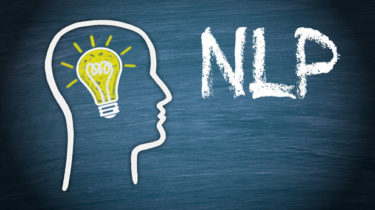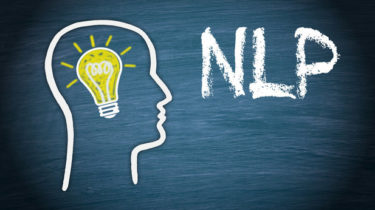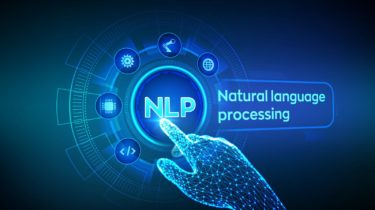All You Need to know about BERT
This article was published as a part of the Data Science Blogathon Introduction Machines understand language through language representations. These language representations are in the form of vectors of real numbers. Proper language representation is necessary for a better understanding of the language by the machine. Language representations are of two types: (i) Context-free language representation such as Glove and Word2vec where embeddings for each token in the vocabulary are constant and it doesn’t depend on the context of the word. […]
Read more
